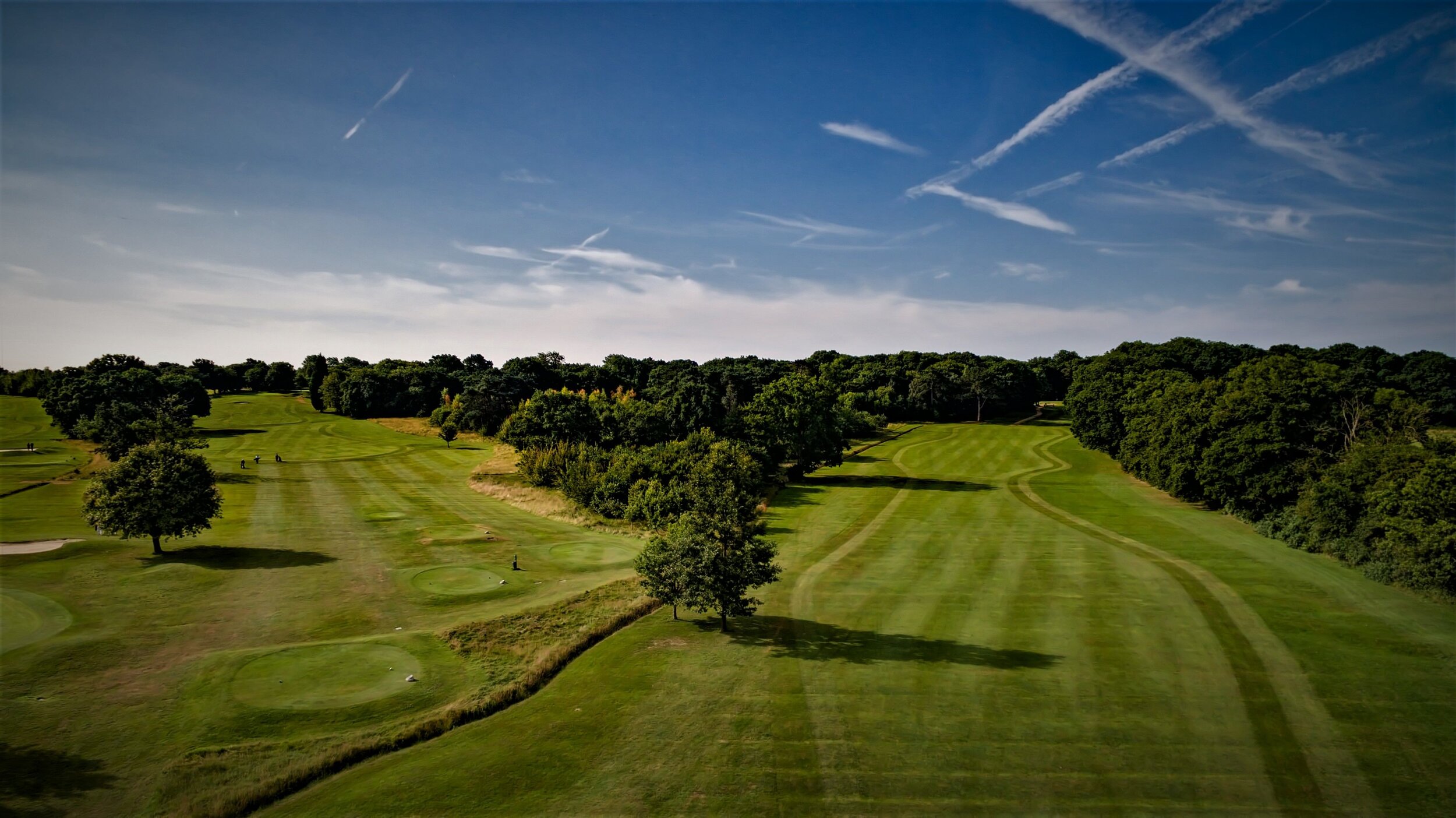
Horsham District Council see West of Ifield as an easy win to meet their housing targets. We disagree.
Why do we object to 3,250 houses at West of Ifield? (and the next 6,750)
Crawley’s Infrastructure will be overwhelmed.
Henry Smith MP and Crawley Borough Council both oppose the development.
The impact of the development will be on Crawley and its infrastructure but under current planning rules Crawley will have no involvement in the decision making process.
Which key services cannot support this level of additional housing?
Health & NHS: All surgeries are oversubscribed, Crawley Hospital has no A&E department and East Surrey Hospital is already at breaking point. Homes England cannot promise NHS services within the development. Indeed recent large developments (Forge Wood and Kilnwood Vale) tried and failed to attract GPs.
Roads: Our country lanes are already dangerous rat-runs. The proposed link road is poorly thought-through as it will add huge amounts of traffic into Ifield, Charlwood and Rusper.
Water & Sewage: We already suffer from water shortages in the region and an overwhelmed sewage processing system. There is no provision for improvements to this critical infrastructure in the plan.
Public Transport: Ifield Station is already dangerous. It could not cope with an additional 10,000 users. There are no plans to improve the station.
Loss of Green Space and Destruction of Ancient Land & Sites
When Crawley New Town was set up the land to the west of Ifield Brook was designated as a rural buffer, and there is no reason why this should not continue to be the case.
The destruction of this rural site runs counter to much-vaunted government and HDC commitments to encourage tree planting and green initiatives. Given the current focus on climate change and global warming, building unnecessarily on green belt land is unnecessary and inexcusable.
Destruction of wildlife corridors and habitats: Homes England's plans for the site commit to net gains of 10% in biodiversity. This is not a credible claim. The loss of ancient habitats would be irreplaceable with the consequent loss of trees, ancient woodland, hedgerows and much of the wildlife that is dependent on them. The area is rich in biodiversity and is a flood plain to boot!
Obliteration of archeological sites: the proposed Development has the potential to impact a scheduled monument, conservation areas and several non-designated assets within and in close proximity of the site during construction
Where has Crawley’s Green Space Gone???: Crawley was deliberately given constrained boundaries as a town in the countryside. Despite this, Crawley is now almost entirely encircled by concrete: Gatwick has grown in the north, the M23 cuts it off to the east and south east and the link road from the M23 to the A264 took care of the rest. Ifield, the old village and its surrounding countryside is Crawley’s last remaining rural link to Sussex. It must be protected.
Say no to “Craw-Sham”: Horsham and Crawley will soon become one if we don’t think twice about ripping up our fields and ancient woodland.
Our beautiful, historic Golf course will be destroyed
Ifield Golf Course pre-dates Crawley New Town and has prestigious design credentials.
Heritage Asset: The course was designed by a 5-times Open Championship winner in 1927. The same designer then went on to create Royal Birkdale and Aldebrugh’s golf courses (to name a couple). This level of design is very rare and should be protected.
Community Asset: In comparison to most golf memberships, Ifield is affordable. It also has a very strong track record in nurturing young talent in addition to providing a key sporting amenity to those in their autumn years (who are a large part of our community).
HE’s proposal could be in breach of national policy frameworks (NPF 97): These require that any sport amenity be either surplus to requirement or replaced by an equivalent/ better alternative sports provision, the benefits of which clearly outweigh the loss of the current or former use.
Homes England's proposed replacement for the golf club is a football pitch in the floodplain, which in no way replaces the sporting activity and pleasure provided to a wide range of ages and abilities by ifield golf club.
Save our trees!: 15 years ago The Forestry Comission planted c.7,500 trees on the golf course. Anyone who walked there during lockdown would have seen these beautiful, mature woodlands (a key element in our global fight against climate change). The huge majority of these majestic plants will be cut down to make way for concrete.
The site just won’t work (it is a flood plain!)
The entire site is a flood plain. Homes England’s proposal in no way mitigates the risk (and expense) of flooding.
Air (and noise) pollution is a risk: Gatwick (and its potential expansion) means that we already suffer from poor air quality and noise pollution. An enormous dual carriageway, 10,000 houses, a business park and a spike in traffic will only make the situation worse for all residents in the area. The destruction of 10,000+ mature trees (a key carbon capture resource) will only make matters much, much worse.
It is a flood plain: The site already floods at the slightest provocation. The mitigation strategies proposed by Homes England will not work. The impact of covering a natural flood plain with concrete is unpredictable but many listed and historic building in the area near Ifield Brook or the River Mole will be put at risk of flooding.
The site is a mineral safeguarding area: The entirety of the site is located in a mineral safeguarding area for brick clay (Weald Clay Formation), and part of the south of the site may be located in a mineral safeguarding area for building stone. Due to the size of the site in comparison to the total safeguarded areas, mineral safeguarding issues are not considered significant and have been scoped out of the potential development (Joint Minerals Local Plan for West Sussex County Council 2018 - attachment 3).
The Western Link road could destroy local nature reserve and seriously impact surrounding villages (Faygate, Lambs Green, Rusper and Charlwood)
More roads = more traffic. We need to accept the dire consequences of this development on our ancient parishes and the environment.
Willoughby Fields Nature Reserve and our existing Wildlife corridor will be put at risk: Currently there is a wildlife corridor from the reserve all the way to Rusper / Newdigate / Charlwood and beyond as the landscape only has minor country lanes dividing the space. What will happen to our beloved deer and bats if they are forced to navigate new dual carriageways?!
This is only stage one of the development: As proposed the route of the western link road will lead to the next phase of road development decimating the bowls club, the rugby club and willoughby fields local nature reserve.
Traffic chaos! (Poor Charlwood & Ifield Green): At the moment the link road ends at the top of Ifield Green and opposite Bonnets Lane. Anyone who drives that route already knows that these roads cannot sustain additional traffic. Poor Charlwood will become even more of a rat run.
What about Rusper?: It appears that because of the siting and access to the development there will need to be restrictions on driving between Ifield and Rusper village. This may require a type of permit to allow residents to use this route which will have barriers installed to restrict access. This is unacceptable.
Wrong homes in the wrong place. The target algorithm in broken.
This plan will lose green space, over burden the NHS AND it still won’t serve local housing needs
Affordable housing is a critical need in the area: Crawley has an affordable housing target of 40% because Crawley needs more affordable housing. Any housing built on the periphery will not conform to this rate.
Wanton waste of greenfield land: Nationally there are a million unused planning consents for houses waiting to be built and brownfield sites available for housing construction
Lack of economic data underpinning the need: Part of the original rationale seeking to justify this development was to provide housing for an increasing work force needed by Gatwick Airport - this is no longer a justification given the impact of COVID on employment at Gatwick and the local economy.
Job creation is a misleading joke: c10,000 new jobs are proposed by Homes England. Many of these will be temporary and will focus on the building / construction industry where there is already a massive shortage of skilled labour.
What about the unsold houses at other enormous development sites?: Not all the houses on other recent developments have been sold and at least one developer has decided not to continue with the next phase of their development. If the need for housing is so pressing why can’t developers sell existing stock?
The housing targets are geared for developer greed not need: The idea that the ‘affordability adjustment’ in the Standard Method is designed to reduce prices (via increased supply) is a complete joke! Equally obvious are MCHLG’s other measures to bump up targets for profitable market homes: not using the ONS’s 2016 and 2018 population projections because they’re lower, inadequate requirement for affordable (non-market) housing provision, not acknowledging the demographic effects of COVID, etc.

